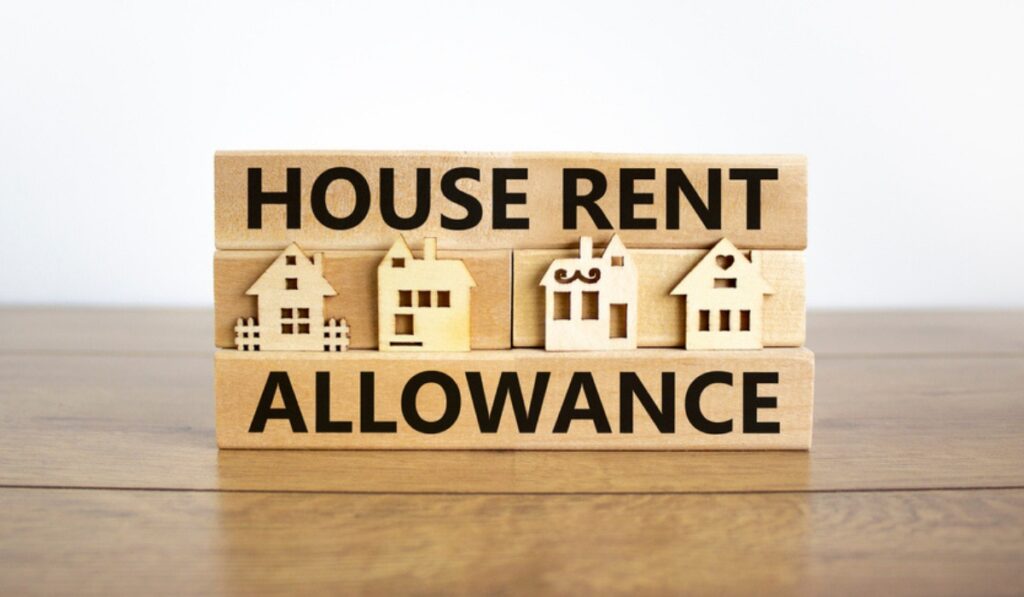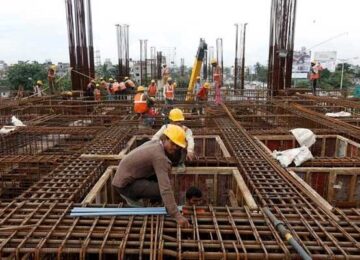HRA, House Rent Allowance, is part of the salary that employers provide to their employees to meet their rental accommodation expenses. It is an essential component to understand while calculating the income tax or saving taxes on your salary.
It is because you can claim HRA exemption under Section 10(13A) along with Rule 2A of the Income Tax Act, 1961. In this article, let’s check the HRA rules and HRA calculation.
How To Calculate HRA In Income Tax?
1. Determine Your Eligibility For HRA Tax Benefit
To be eligible for HRA tax benefits, individuals must meet specific criteria.
-
- You should receive HRA as part of your salary package from your employer.
- You must be staying in rented accommodation for which you are paying rent.
- You should not own a house in the location where you are employed.
2.How to Calculate HRA in Income Tax Exemption?
The HRA exemption is calculated based on the following factors:
a. Actual HRA Received
Firstly, determine the actual HRA received from the employer that is usually mentioned in the salary slip.
b. Rent Paid
Next, assess the amount of rent the individual pays for their accommodation. It is crucial to retain rent receipts as supporting documents.
c. Salary Components
The salary components, such as basic salary and dearness allowance, play a role in calculating the HRA exemption. The HRA exemption is calculated as a percentage of the salary, and this percentage may vary depending on the city of residence.
d. 50% Rule
As per income tax rules, the least of the following three amounts is exempt from income tax:
-
-
- Actual HRA received
- Rent paid minus 10% of the salary
- 50% of the salary for individuals residing in metro cities (40% for non-metro cities)
-
3. Metro and Non-Metro Cities Classification
Classifying cities as metro or non-metro is significant in determining the HRA exemption. Metro cities, such as Mumbai, Delhi, Kolkata, and Chennai, usually have a higher cost of living.
The percentage of salary considered for calculating the HRA exemption is higher for individuals residing in metro cities.
4. Calculation Examples
Example 1: Non-metro
- Actual HRA received: ₹30,000 per month
- Rent paid: ₹15,000 per month
- Salary: ₹60,000 per month
Calculation of HRA exemption
- Actual HRA received: ₹30,000
- Rent paid minus 10% of salary: ₹15,000 – (10% of ₹60,000) = ₹9,000
- 40% of salary: 40% of ₹60,000 = ₹24,000
The HRA exemption will be ₹9,000.
Example 2: Metro City
- Actual HRA received: ₹30,000 per month
- Rent paid: ₹25,000 per month
- Salary: ₹1,00,000 per month
Calculation of HRA exemption
- Actual HRA received: ₹30,000
- Rent paid minus 10% of salary: ₹25,000 – (10% of ₹1,00,000) = ₹15,000
- 50% of salary: 50% of ₹1,00,000 = ₹50,000
The HRA exemption will be ₹50,000.
5. Documentation and Compliance
To claim the HRA exemption, you must have
- Retain the rent receipts and supporting documents as evidence of the rent paid.
- Maintaining a rent agreement
- Providing accurate information
Conclusion
HRA calculation in income tax involves considering actual HRA received, rent paid, salary components and city of residence, as careful calculation of HRA helps to optimise your tax liabilities and reduce the tax burden.
However, consulting with tax professionals for accurate and up-to-date information on HRA calculation in income tax is also recommended.










